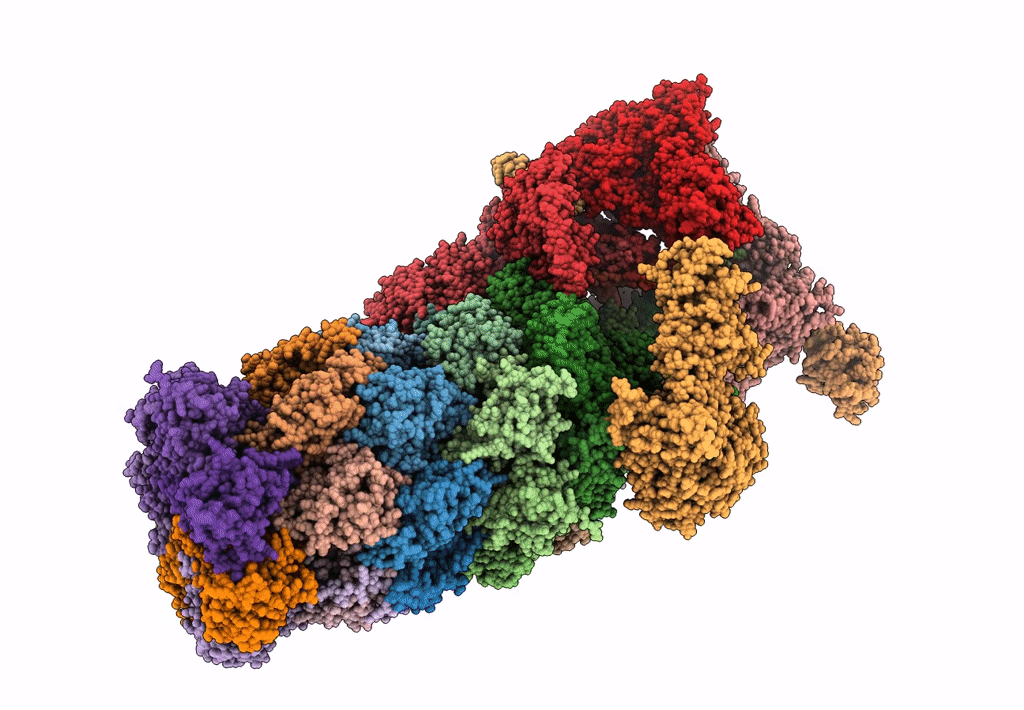
Deposition Date
2019-01-02
Release Date
2019-03-13
Last Version Date
2025-07-02
Method Details:
Experimental Method:
Resolution:
3.80 Å
Aggregation State:
PARTICLE
Reconstruction Method:
SINGLE PARTICLE


